So, if you could...
ibarbidahl
11 years ago
Related Stories

DECORATING STYLESSo Your Style Is: Swedish
Fresh faced and cheerful, Swedish style marries casualness and elegance with ease. Could its lighter look uplift your home?
Full Story
MORE ROOMSCould Your Living Room Be Better Without a Sofa?
12 ways to turn couch space into seating that's much more inviting
Full Story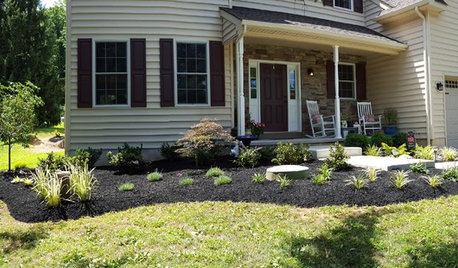
LIFEIf You Could Talk to Your House, What Would You Say?
‘Pull yourself together’ or ‘thank you for transforming my life’? Notes to homes around the country hit us where we live
Full Story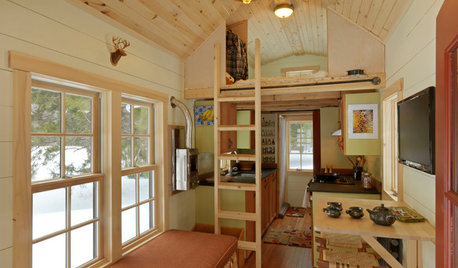
SMALL SPACESCould You Live in a Tiny House?
Here are 10 things to consider if you’re thinking of downsizing — way down
Full Story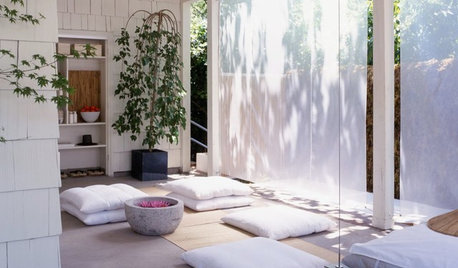
DREAM SPACESIf You Could Choose One Dream Space ...
Yoga room, wine cellar, infinity pool or tricked-out garage — which of these luxurious rooms would be at the top of your list?
Full Story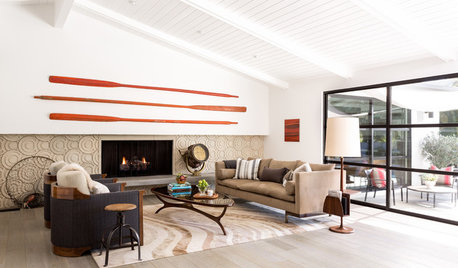
MODERN HOMESHouzz Tour: ’50s Ranch Redo Could Be a Keeper
An experienced house flipper puts his creative talents to work on an L.A. remodel designed for his own family
Full Story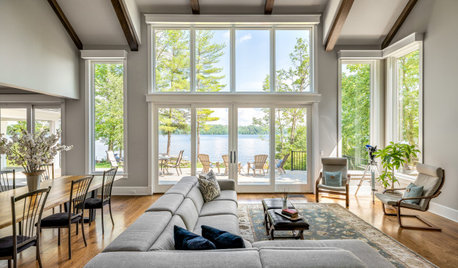
DECORATING GUIDESCould a Mission Statement Help Your House?
Identify your home’s purpose and style to make everything from choosing paint colors to buying a new home easier
Full Story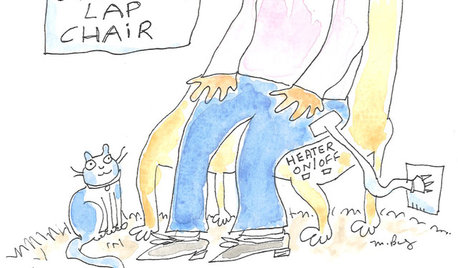
FUN HOUZZIf Cats Could Design
Ever wonder what your cat might dream up as an architect or interior designer? Here's a peek
Full Story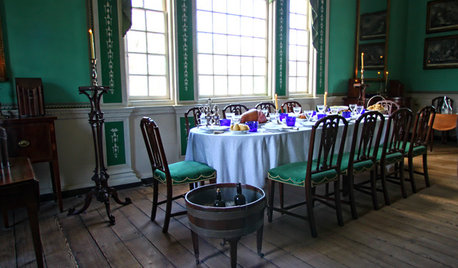
COLORWhen Color Could Kill: Stories From the History of Paint
Delve into paint's storied past — what you learn about its history and modern incarnations may surprise you
Full Story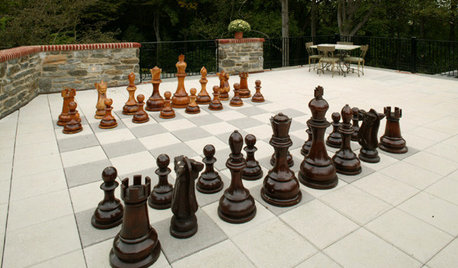
GARDENING AND LANDSCAPINGCould a Cool Chess Set Be King in Your Castle?
Extravagant outdoor chessboards and built-in game tables add a noble air around the home
Full StoryMore Discussions









whgille
jason83
Related Professionals
Manhattan Beach Landscape Architects & Landscape Designers · Waunakee Landscape Architects & Landscape Designers · Aurora Landscape Contractors · Fuquay-Varina Landscape Contractors · Milford Mill Landscape Contractors · Placerville Landscape Contractors · Wentzville Landscape Contractors · Wethersfield Landscape Contractors · Conroe Decks, Patios & Outdoor Enclosures · Prescott Decks, Patios & Outdoor Enclosures · Rosemont Decks, Patios & Outdoor Enclosures · Windsor Decks, Patios & Outdoor Enclosures · Winchester Siding & Exteriors · Saint Petersburg Siding & Exteriors · Springfield Siding & Exteriorsgaryfla_gw
ibarbidahlOriginal Author
leahrenee1
saldut
beachlily z9a
ibarbidahlOriginal Author
shavedmonkey (Harvey in South Fl.)Z10b
bamboo_rabbit
shuffles_gw
shavedmonkey (Harvey in South Fl.)Z10b
bamboo_rabbit
Steppy
shavedmonkey (Harvey in South Fl.)Z10b
bamboo_rabbit
moringaplace
moringaplace
moringaplace
poaky1
Michael AKA Leekle2ManE
shear_stupidity
loufloralcityz9
ibarbidahlOriginal Author
L_in_FL
whgille